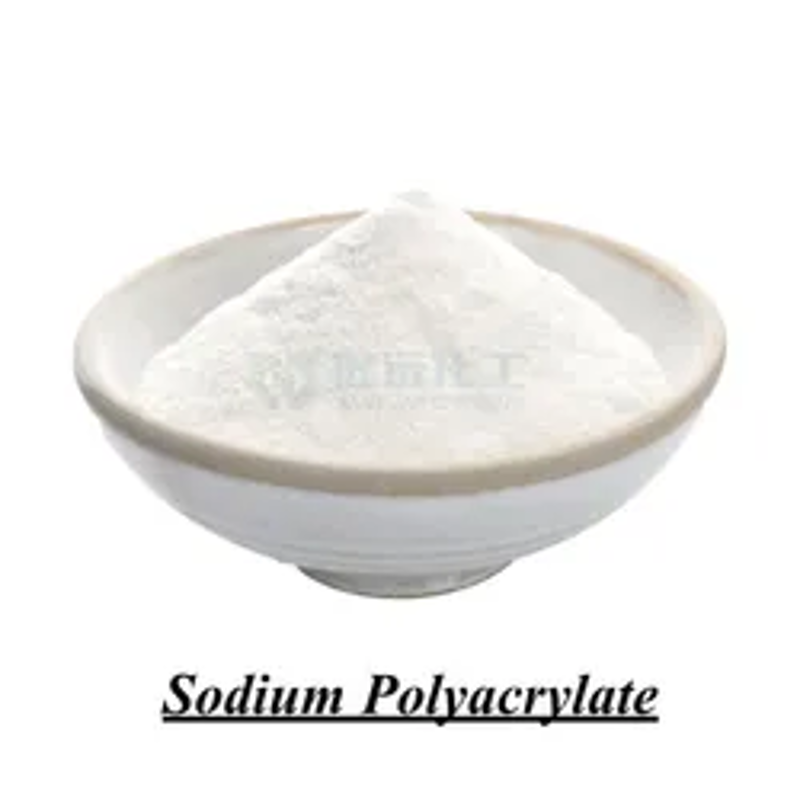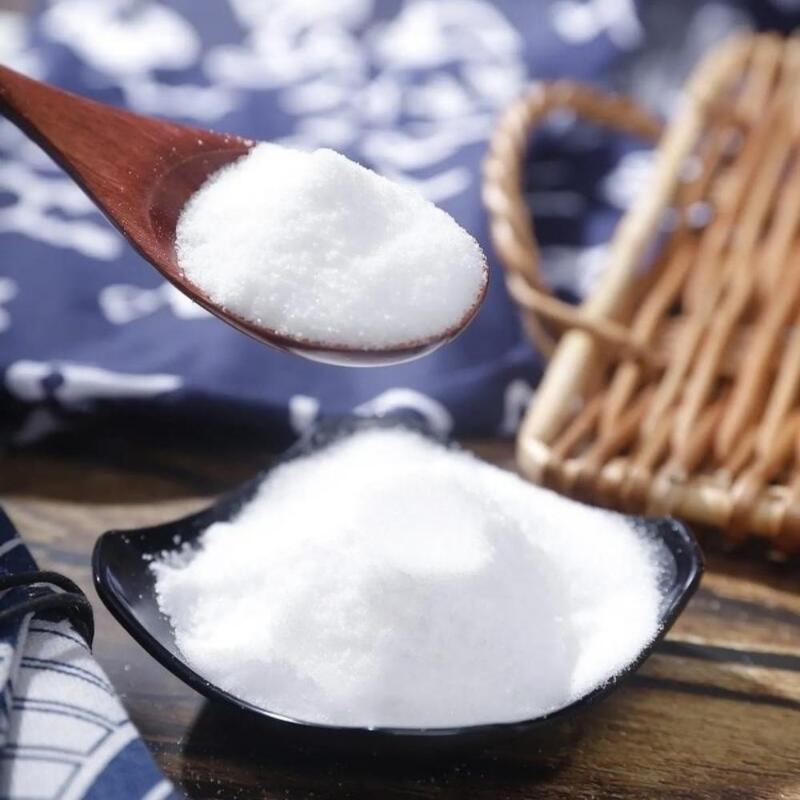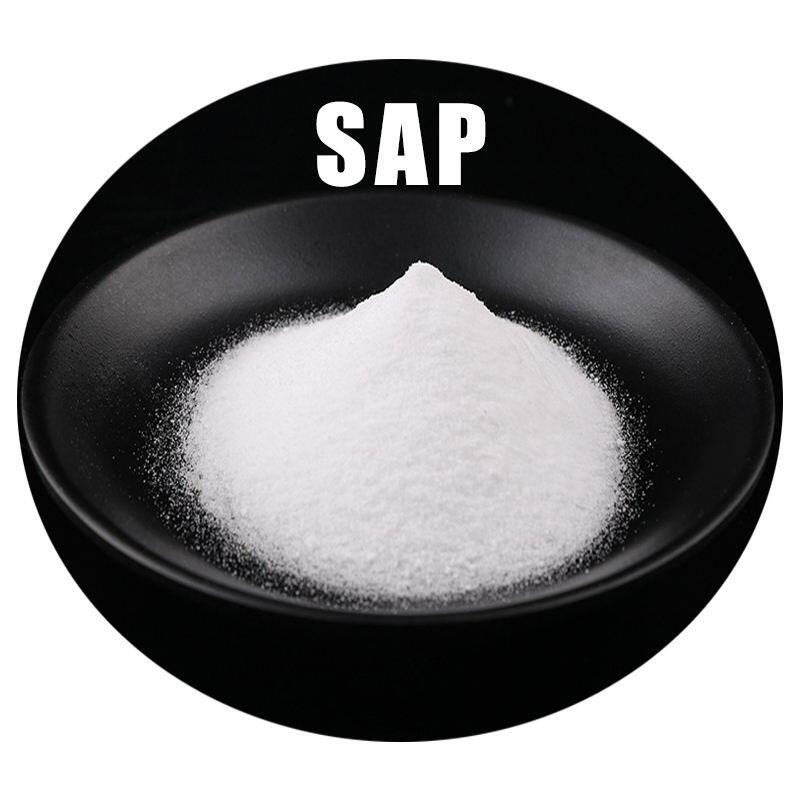-
Categories
-
Pharmaceutical Intermediates
-
Active Pharmaceutical Ingredients
-
Food Additives
- Industrial Coatings
- Agrochemicals
- Dyes and Pigments
- Surfactant
- Flavors and Fragrances
- Chemical Reagents
- Catalyst and Auxiliary
- Natural Products
- Inorganic Chemistry
-
Organic Chemistry
-
Biochemical Engineering
- Analytical Chemistry
-
Cosmetic Ingredient
- Water Treatment Chemical
-
Pharmaceutical Intermediates
Promotion
ECHEMI Mall
Wholesale
Weekly Price
Exhibition
News
-
Trade Service
Caseins are a group of phosphoproteins that are found in milk, making up about 80% of the protein content.
They play a crucial role in the nutrition of infants and young children, as they are easily digested and absorbed by the body.
In the chemical industry, caseins are used in a variety of applications, including as a food additive, a nutritional supplement, and a component in the production of other industrial products.
The production process of caseins involves several steps, including the isolation and purification of caseins from milk, followed by denaturation, renaturation, and ultrafiltration.
The first step in the production process of caseins is the isolation and purification of caseins from milk.
This is typically done by using a process called precipitation, which involves adding a soluble calcium salt, such as calcium chloride, to the milk.
The caseins in the milk then form a precipitate, or solid, which can be easily separated from the milk.
This precipitate is then washed with water to remove any remaining impurities, and is then dried to remove any moisture.
Once the caseins have been isolated and purified, they are then denatured.
This process involves heating the caseins to a high temperature, typically between 80 and 100 degrees Celsius, in order to destroy any native protein structures and to expose the peptide bonds.
This allows the caseins to be renatured later on in the process.
After the caseins have been denatured, they are then renatured.
This process involves allowing the caseins to cool to room temperature, and then adding a reducing agent, such as dithiothreitol, to the caseins.
This reduces any disulfide bonds that have been formed during the denaturation process, allowing the caseins to reform their native protein structures.
The final step in the production process of caseins is ultrafiltration.
This process involves passing the caseins through a semi-permeable membrane, which allows the larger molecules, such as the caseins, to pass through while retaining the smaller impurities.
This results in a highly purified and concentrated solution of caseins.
Overall, the production process of caseins involves several steps, including isolation and purification, denaturation, renaturation, and ultrafiltration.
These processes allow for the efficient and effective production of caseins for use in a variety of applications in the chemical industry.







